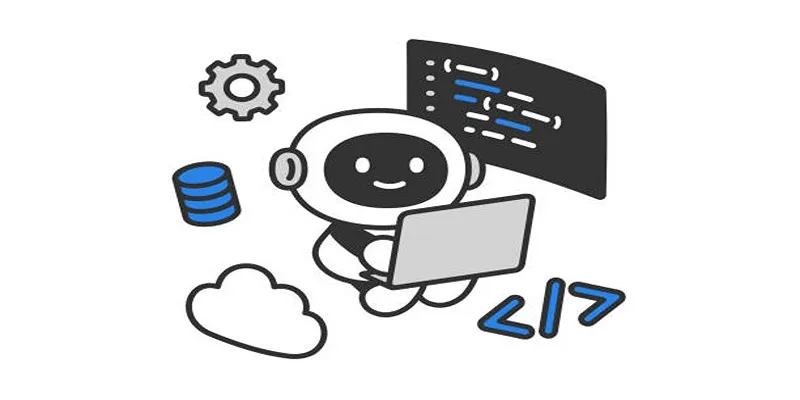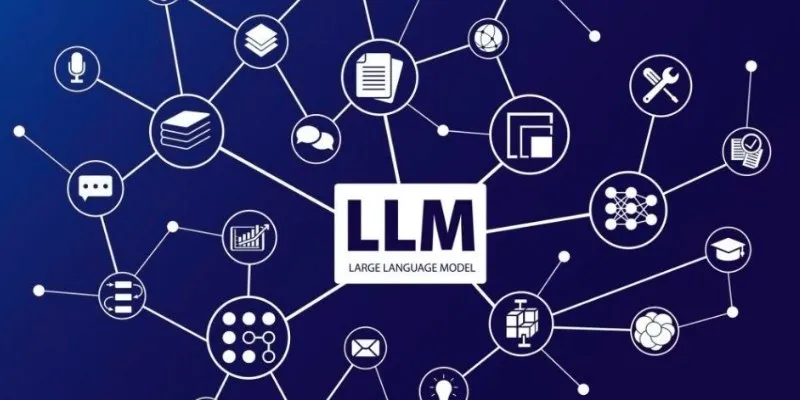Artificial Intelligence (AI) has transitioned from a futuristic concept to a transformative tool in today’s customer service landscape. AI-powered solutions can significantly boost customer service efficiency, offer personalized experiences, and automate repetitive tasks. For businesses aiming to enhance their customer support capabilities, the idea of implementing AI in call centers might seem daunting. However, with a structured approach and clear steps, the process can be streamlined and hassle-free.
In this article, we’ll explore 10 simple steps to seamlessly implement AI in your call center, ensuring a smooth, efficient, and effective transition.
Assess Your Call Center Needs
Before implementing AI, it’s crucial to understand where automation can bring the most value. Start by analyzing current customer interactions, identifying frequently asked questions, and pinpointing bottlenecks in service delivery. This assessment will help determine whether AI-powered chatbots, speech analytics, or intelligent call routing would be most beneficial.
Additionally, evaluate your technical infrastructure to ensure compatibility with AI solutions. Consider existing software, data storage capabilities, and integration possibilities to prevent disruptions during implementation. Conducting a cost-benefit analysis at this stage can also help prioritize AI investments.
Choose the Right AI Solutions
Selecting the appropriate AI tools depends on your business objectives and customer service demands. AI technologies vary, and choosing the right one ensures a smooth transition.
- Speech Recognition & Sentiment Analysis: Analyze customer emotions and improve interaction quality.
- Automated Call Routing: Direct calls efficiently to the most suitable agents.
- Chatbots and Virtual Assistants: Automate routine queries and provide 24/7 support.
Ensure the AI solutions you choose align with your budget, customer expectations, and operational goals. Look at case studies of companies that have successfully implemented similar AI tools to guide your decision.

Train Your Team on AI Integration
Even with automation, human agents play a crucial role in delivering exceptional customer service. Training employees to work alongside AI ensures a seamless transition. Provide hands-on training sessions where agents can interact with AI tools, understand their functionalities, and learn how to leverage them effectively. Encourage continuous learning through workshops and AI-related knowledge-sharing sessions. Educating employees on how AI improves their workflow can boost adoption and ease potential concerns about job displacement.
Implement AI in Phases
A gradual rollout minimizes disruptions and allows for real-time adjustments. Start by testing AI on a small scale before full-scale deployment.
- Pilot Testing: Introduce AI to a limited set of processes and monitor results.
- Evaluate & Optimize: Gather feedback from agents and customers to refine AI performance.
This phased approach ensures any potential issues are resolved before complete implementation. It also allows for necessary tweaks based on actual call center data rather than hypothetical projections.
Integrate AI with Existing Systems
Seamless AI integration with your current Customer Relationship Management (CRM) software and telephony systems is essential for maintaining workflow efficiency. Work with IT teams to ensure system compatibility and conduct thorough testing to detect potential issues before full deployment.
Additionally, ensure data synchronization so AI tools can access historical customer interactions, improving their ability to provide relevant responses and recommendations. AI should enhance—not replace—existing tools, making them more effective and efficient.
Customize AI for Your Business Needs
AI should adapt to your specific business model and customer interactions to provide a seamless experience. Fine-tuning natural language processing (NLP) capabilities helps AI understand customer queries accurately while training it with historical data enhances response precision. Additionally, adjusting AI- generated scripts and decision-making algorithms ensures alignment with your brand’s tone and service policies.
Optimizing AI responses based on regional language differences and customer preferences allows for a more personalized experience. Furthermore, enabling AI to handle industry-specific inquiries ensures it can process complex or technical queries effectively. Customization makes AI feel like an extension of your business rather than a generic automation tool.
Ensure Data Security and Privacy
With AI handling sensitive customer data, strong security measures are vital.
- Encryption & Compliance: Protect data with encryption and ensure adherence to data privacy regulations.
- Access Control: Restrict AI system access to authorized personnel.
- Regular Security Audits: Conduct periodic reviews to identify vulnerabilities.
Prioritizing data security builds customer trust and prevents potential breaches. AI should comply with regulations like GDPR or CCPA, ensuring ethical handling of customer information.
Monitor AI Performance and Customer Satisfaction
Implementing AI is not a one-time process; continuous performance tracking is necessary to measure effectiveness. Monitor key performance indicators (KPIs) such as response time, resolution rate, and customer satisfaction scores. Regularly gather feedback through surveys to assess AI’s efficiency and identify areas for improvement. AI analytics tools can also provide insights into customer behavior, helping to refine service strategies.

Optimize for Continuous Improvement
AI technology evolves, and regular updates ensure your call center remains efficient.
- Update AI Algorithms: Continuously train AI with new data to improve accuracy.
- Enhance AI Features: Introduce new functionalities based on customer feedback.
- Monitor Market Trends: Stay updated with AI advancements to maintain competitiveness.
Keeping AI tools optimized ensures long-term efficiency and customer satisfaction. AI should evolve with business goals, ensuring it remains an asset rather than an outdated tool.
Measure ROI and Evaluate Success
Assess the impact of AI on your call center’s performance by tracking cost savings, operational improvements, and customer retention rates. Compare pre- and post-implementation data to determine whether AI has met your service goals.
- Cost Efficiency: Measure reductions in operational costs and improvements in call handling speed.
- Customer Experience: Evaluate AI’s impact on customer satisfaction and loyalty.
- Employee Productivity: Assess how AI has reduced workload and enabled agents to focus on complex tasks.
If necessary, further refinements should be made to maximize AI’s benefits and ensure it continues to add value to your customer service operations.
Conclusion
Implementing AI in your call center can significantly transform customer service operations, improve efficiency, and enhance the overall customer experience. By following these 10 simple steps—from assessing your needs to measuring ROI—you can ensure a seamless AI implementation that brings value to your business and your customers.
The key to success is to start small, scale gradually, and continuously refine AI capabilities as technology evolves. AI is not a one-time investment but an ongoing strategy that enhances customer engagement and operational efficiency. Ready to revolutionize your call center with AI? Start implementing these steps today and take customer service to the next level!
 zfn9
zfn9























